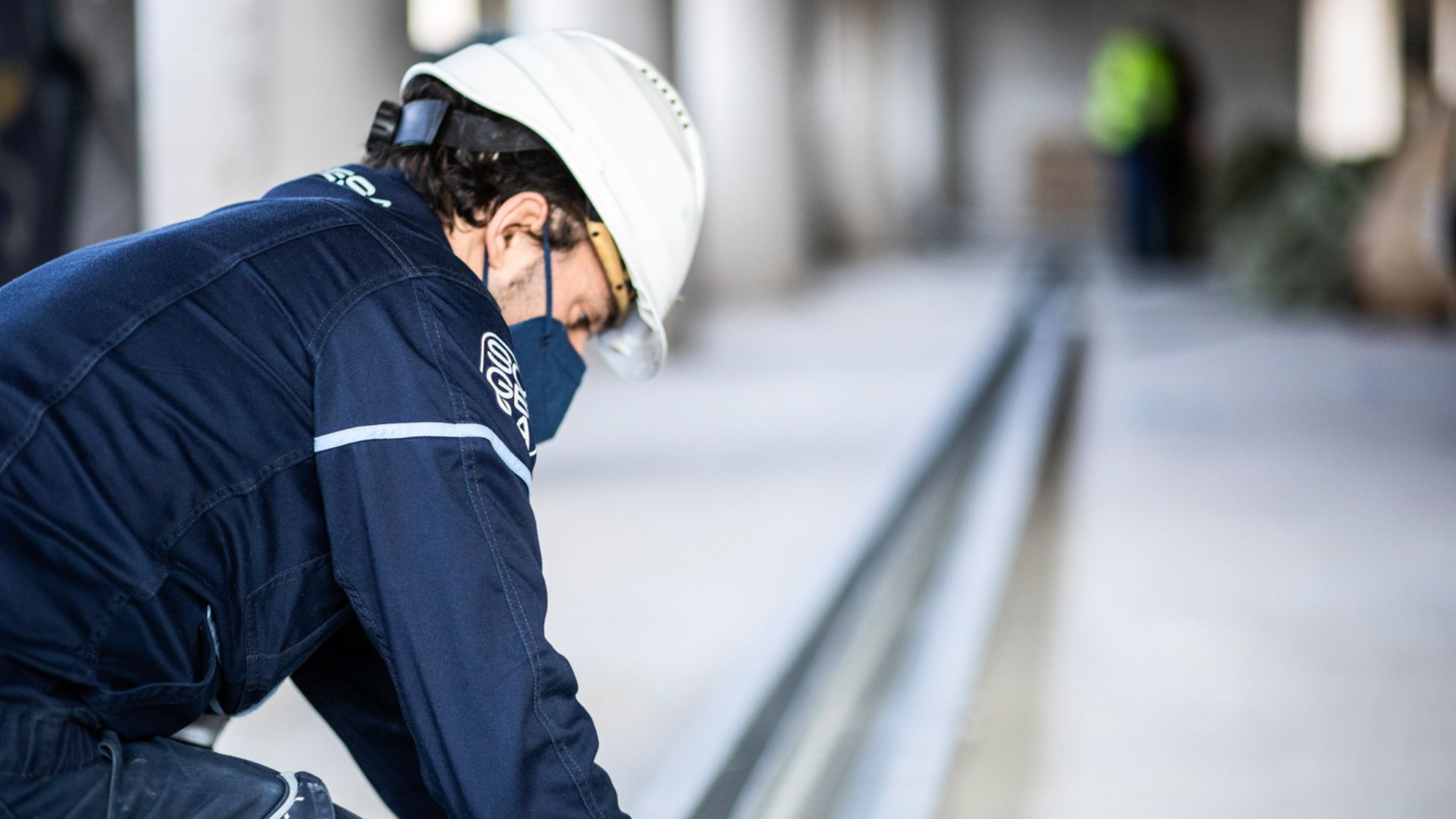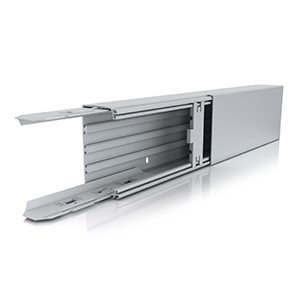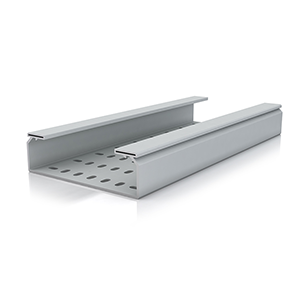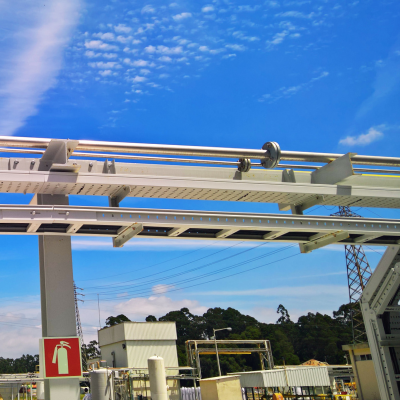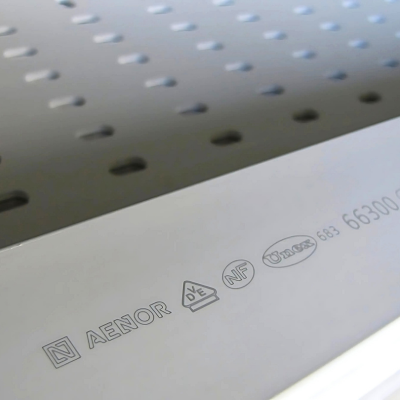Both because of their applications and the international regulations that govern them. Knowing how to distinguish between them is necessary when it comes to carrying out a correct and profitable project. In this article we will clear up any doubts for good.
Before continuing with the article, we would like to remind you that, if you prefer, we can call you by phone:
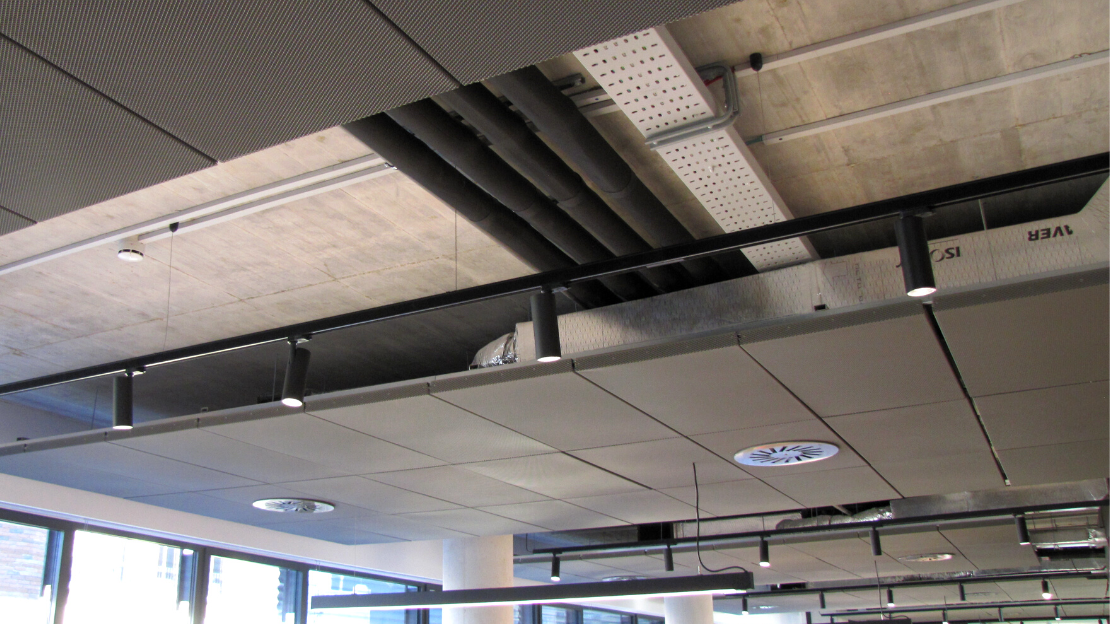
Let's start with the official definitions, according to the International Electrotechnical Commission (IEC) in its definitions section:
A cable tray is a cable support consisting of a continuous base with raised edges but no covering. A cable tray can be perforated or mesh.
A cable trunking is a system of closed enclosures comprising a base with a removable cover, intended for the complete surrounding of insulated conductors, cables, cords and/or for the accommodation of other electric equipment including information technology equipment.
This would lead one to believe that adding a cover to any cable tray would immediately turn it into a trunking, as it seems that the main difference between one product and another is the existence, or not, of a removable cover.
But then, is every base with a cover a trunking? The quick answer is "no". For any profile to be recognised as a protective trunking, it must comply with two aspects: on the one hand, it must comply with the IEC 61084 standard or its European equivalent EN 50085, which establishes minimum requirements for service temperature, resistance to impact or flame propagation. On the other hand, and as a main feature, it must have an IP degree.
What is IP degree?
The IP degree aims to eliminate the risk of a person coming into contact with the wiring. In this way, it indicates the level of protection of electrical equipment against the entry of external agents: solid elements, dust or water. In the case of trunking, the IP only affects solid objects.
Thus, depending on the IP degree of the product, one type of installation or another can be carried out inside the trunking.
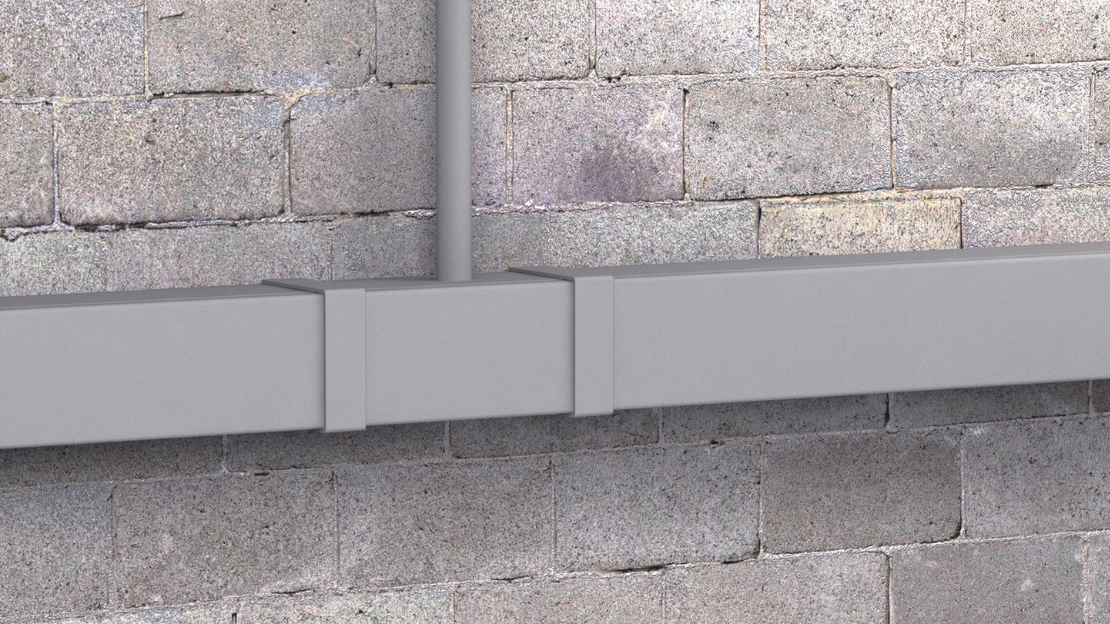
To be considered protective trunking, the product must be at least IP2X, which means that it must not have perforations of more than 12.5mm in diameter, so that a finger cannot fit inside the trunking. If this is the case, the trunking can carry 0.6/1kV sheathed cables inside the trunking.
A trunking is also considered as such if it meets a higher degree of protection. For example, an IP4X trunking has no perforations of more than 1 mm in diameter, which means that a paper clip cannot enter the trunking.
In this case, it will be possible to install cables inside the trunking, as well as to make connections and adapt outlets and sockets . In order to guarantee the IP4X degree in an installation, it is essential to use mounting accessories to cover cuts in corners, junctions...
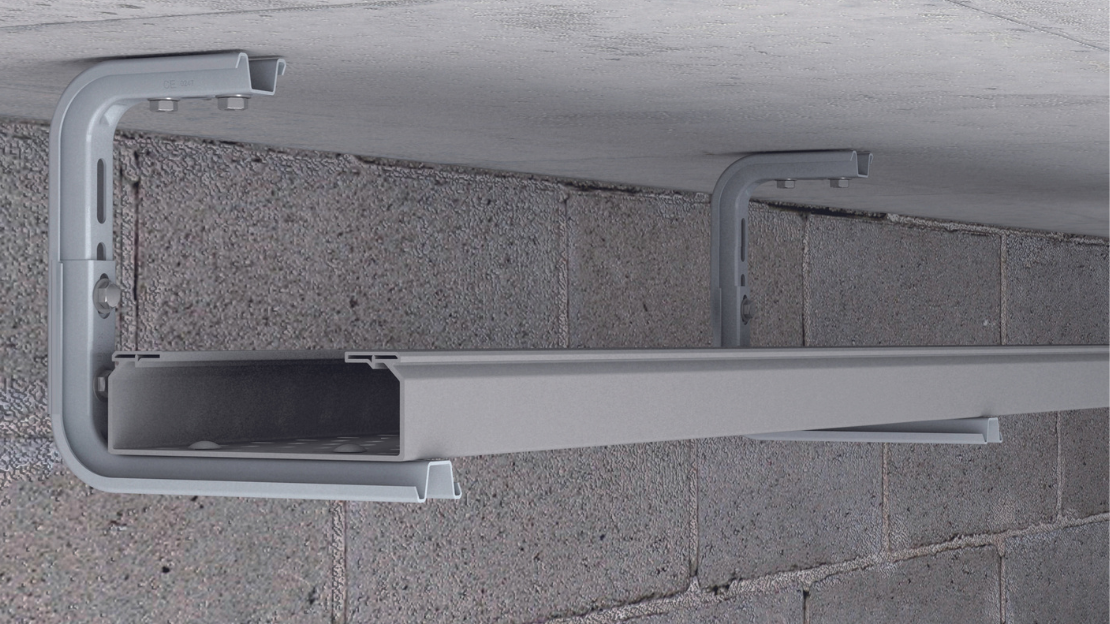
Importance of the use of trunking
The purpose of a cable tray is simply to support and guide the wiring. The purpose of a trunking, on the other hand, is to protect the wiring from impact and weather conditions and at the same time to protect people from electrical accidents, as the risk of unintentional contact with the cables is eliminated.
Trunking is essential for all sensitive installations where the wiring needs to be protected in order to increase its service life.
So what types of cable trays do comply with the IP degree?
At Unex, all distribution trunkings and the Cable tray 66 with cover comply with the standards outlined in this article and can be installed in any area without any problems, taking advantage of the benefits of a safe, correct and cost-effective installation.
This is not the case for wire mesh trays or cable ladders. Even if a cover is installed, as the cables are still accessible, they are not considered a protective trunking.
Do you want to know more about our products? Discover our solutions.
On the Unex blog, we cover a wide range of topics of interest and share experiences from our clients. We remind you that all legal information and information regarding compliance with applicable regulations can be found on our official website. We invite you to consult it for a more comprehensive and accurate understanding.
